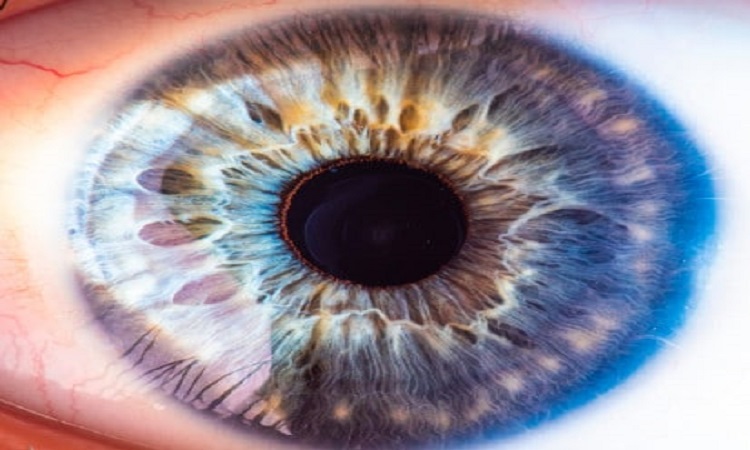What is the First Sign of Cataracts?
Do you find yourself needing new corrective lens prescriptions more often? Has your night vision gotten worse, or do you see a glare when you look at lights? Any of these could be the first sign of a cataract. Cataracts form when the lens of the eye becomes cloudy. They develop slowly, so you may not notice a change at first.
What are Cataracts?
The natural lens of the eye focuses on incoming light to give you clear vision. Over time, the lens can become cloudy, and eventually, the pupil (the center of the colored part of the eye) can appear brownish or opaque. No medication exists to treat cataracts, so surgeons remove them and replace them with artificial intraocular lenses. These lenses give you back your clear vision.

*Individual results may vary
What is the First Sign of Cataracts?
For many people, the first sign of cataracts is a glare from looking at lights, especially at night. Other early signs include needing brighter lights to read and new glasses or contact lenses more often than expected. These signs usually occur before people notice the blurry or clouded vision. Cataracts develop slowly but will continue to progress. When they become a problem, Dr. Alabata can remove them and insert intraocular lenses that let you see clearly again.
What are the Risk Factors for Cataracts?
You can avoid some of the risk factors for cataracts, but not all of them. Since cataracts take a long time to develop, age plays a significant role in developing symptoms. A previous eye injury or a genetic condition can also cause cataracts. Avoidable or treatable risk factors include:
- Diabetes
- Poor nutrition
- Smoking
- Steroid medication use
- UV rays
If you know you have a predisposition to developing cataracts, avoiding or controlling these risk factors could delay signs of cataracts.
Request a Consultation
We’d love to help you get all the information you need in order to make the best choice for your eyes. Request a consultation today! A referral is not necessary. Our staff is available and happy to answer your every question.
How are Cataracts Treated?
Dr. Alabata uses two surgical methods of cataract treatment. He removes the clouded natural lens and replaces it with an artificial one. Alabata Eye Center also offers treatment for secondary cataracts.
Traditional Cataract Surgery
In traditional cataract surgery, a surgeon creates a small incision at the edge of the cornea and then forms an opening in the membrane that surrounds the cataract. A small ultrasonic probe is then inserted, breaking up the cloudy lens into tiny fragments, and aspirating them out of the eye. An artificial lens is then inserted in its place.
Laser-Assisted Cataract Surgery
A laser can perform an accurate incision at the edge of the cornea, creating a highly precise opening into the lens capsule, and breaking up the clouded lens. Once the cataract is removed, an intraocular lens is inserted into the capsule. Like traditional cataract surgery, the incisions heal without any sutures.
YAG Laser Capsulotomy
A secondary cataract can occur when the capsule behind the artificial lens becomes cloudy. This causes cataract symptoms once again. A yag laser creates a small opening in the capsule that allows light to pass through and reach the retina. This is an in-office procedure that causes so little disruption that you can even drive home afterward.
Take the Next Step
To schedule your in-person cataract or secondary cataract consultation, call Alabata Eye Center at (850) 331-3937. A referral is not necessary. We look forward to hearing from you!




